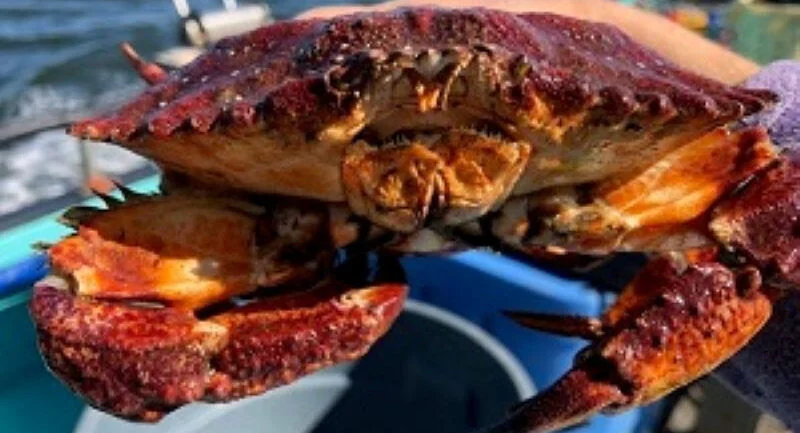
Is California’s Rock Crab Fishery Ready for a Comeback After Years of Uncertainty?
In a move that could revitalize coastal communities, California's Department of Fish and Wildlife (CDFW) has announced the partial reopening of the commercial rock crab fishery in northern regions. This development ends nearly a decade of closures prompted by a major domoic acid outbreak, raising questions about safety, sustainability, and the future of marine resources in the Golden State.
The story begins in 2015, when authorities enacted emergency closures along the California coast as a precautionary measure during the largest recorded domoic acid event on the West Coast. This neurotoxin, produced by certain algae, posed significant risks to public health, leading to widespread fishery shutdowns from the California-Oregon border to parts of Humboldt Bay. As detailed in recent CDFW updates, the closure persisted due to insufficient sampling and elevated toxin levels, leaving fishermen in limbo and impacting local economies. Fast forward to recent months, and renewed testing efforts—driven by fishermen's interest—have shown promising results. Samples from northern areas indicate that domoic acid levels are now below federal safety thresholds, allowing for a cautious reopening.

Comparisons with past events highlight the progress. In 2019, a smaller section of the fishery reopened after similar testing, but the northern stretch remained off-limits until now. CDFW officials emphasize that this partial reopening, from the California-Oregon state line to Humboldt Bay's north jetty, is a direct result of collaborative efforts between fishermen and state agencies. "Recent testing shows that commercial rock crab fishing may safely resume," stated a CDFW representative in their announcement. This not only brings hope to a sector that saw minimal activity pre-closure—just 365 pounds landed in five years—but also underscores the importance of ongoing monitoring. However, one area between the Mendocino-Humboldt county line and Cape Mendocino stays closed, serving as a reminder of the persistent environmental challenges.
Environmental experts point out that domoic acid outbreaks are often linked to climate factors like warmer ocean temperatures, making this reopening a test of adaptive management. Fishermen are now urged to adopt best practices, such as avoiding gear in whale-heavy zones to prevent entanglements, which could further protect marine ecosystems. This balance between economic revival and ecological safety is crucial, especially as California grapples with broader issues like climate change and sustainable fishing.

In summary, this reopening symbolizes a step toward recovery for California's rock crab industry, blending scientific advancements with community resilience. What does this mean for the future of our oceans and the people who depend on them? As we celebrate this progress, it's worth pondering the long-term implications of environmental threats. We invite readers to share their thoughts: Do you think this is a sustainable move, or are there lingering risks? Leave a comment below and help us spark a conversation on marine conservation and economic recovery.